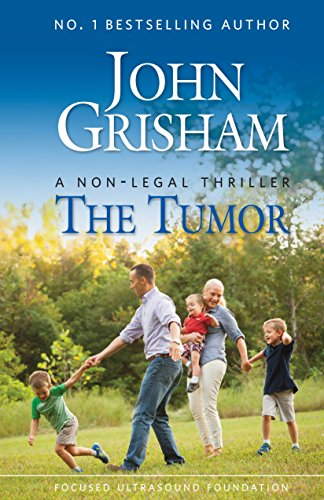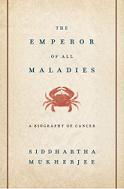
John Grisham, known for his legal thrillers, made a detour in The Tumor: A Non-legal Thriller. It’s very short—74 printed pages—though I read it on my Kindle.
The story begins with Paul, born in 1980 and now 35 years old, his wife, Karen, and their children. The family lives a normal, busy life. Paul is healthy, active, doesn’t smoke and takes no medication.
One day Paul suddenly experiences a grand-mal seizure and is rushed to the hospital. In looking back, Paul and Karen realize that he has been gradually showing unusual symptoms. He has headaches, has difficulty concentrating at work, becomes irritable, and at times experiences blurred vision.
Tests reveal that Paul has a brain tumor about the size of an egg, a type known as a glioma. Surgery is the only solution and the operation takes about three hours. Gliomas are graded one through four, with one and two benign; three and four malignant. Paul’s is a four and his chances of survival for more than five years are slim. Grisham goes into some detail about the actual surgery, the findings, the recovery, the recurring symptoms and the grim prognosis.
Had Paul been born in 1990 and diagnosed with the brain tumor at age 35, his story could be rewritten. With focused ultrasound technology, it is possible to have a non-invasive therapeutic treatment that will improve outcomes and decrease the cost of care. In addition to brain tumor treatment, focused ultrasound treatment is in development to treat many other diseases including Parkinson’s, Alzheimer’s and tumors of the liver, pancreas and lung.
John Grisham believes this book is the most important he’s ever written. He is an active member of the Focused Ultrasound Foundation (https://www.fusfoundation.org/). The Foundation’s mission is “To accelerate the development and adoption of focused ultrasound.” The book refers the reader to different aspects of the foundation’s functions to find treatment centers, learn about clinical trials, and how to become active in the support of the foundation and its goals.
I found The Tumor, published 2016, enlightening and well-written. I admire the author’s departure from writing best-selling legal thrillers to applying his impressive talent toward furthering a technology aimed at saving or improving lives.


